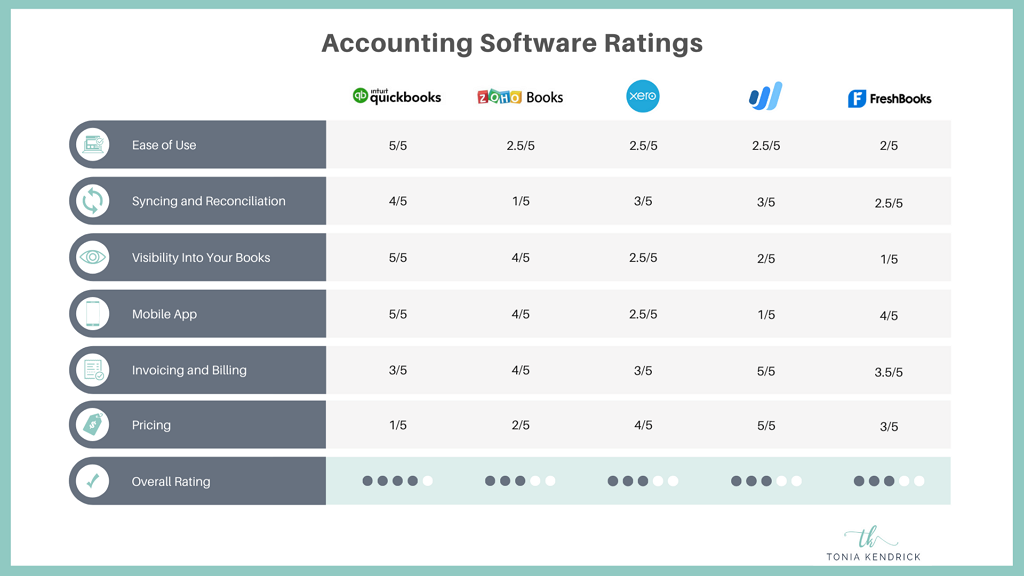Strategies to Optimize Small Business Finances
When it comes to running a small business, optimizing finances is crucial for long-term success. By efficiently managing your company’s financial resources, you can ensure stability, growth, and profitability. In this blog post, we’ll explore effective strategies to optimize small business finances, providing you with valuable insights to improve your financial situation.
1. Maintain Accurate Bookkeeping:
Accurate bookkeeping is the foundation of good financial management. Implement a reliable accounting system to track your income, expenses, and cash flow. Consider using cloud-based accounting software, like QuickBooks or Xero, for easier access and real-time financial insights.
2. Set Up a Budget:
Creating a budget helps you plan your finances, set spending limits, and allocate resources wisely. Analyze your historical financial data to determine your business’s average monthly expenses and revenue. Identify areas where you can trim unnecessary costs and allocate funds for growth opportunities.
3. Monitor Cash Flow:
Cash flow management is vital for business sustainability. Regularly monitor your cash inflows and outflows to identify any potential shortfalls or excess cash. To improve cash flow, negotiate favorable payment terms with suppliers, offer incentives for early customer payments, and consider alternative funding options like business lines of credit.
4. Streamline Expenses:
Identify non-essential or underutilized expenses and reduce or eliminate them. Negotiate better rates with vendors, seek competitive bids, and consolidate purchases to benefit from bulk discounts. Regularly evaluate your subscriptions and memberships to ensure they align with your business needs.
5. Optimize Pricing:
Evaluate your pricing strategy and conduct market research to ensure your prices are competitive and profitable. Consider factors like cost of goods sold, competitors’ pricing, customer demand, and perceived value. Regularly review and adjust your prices to maintain a healthy profit margin.
6. Monitor and Control Inventory:
Excess inventory ties up valuable capital and may lead to increased costs and waste. Implement inventory management systems to track stock levels, identify slow-moving items, and optimize reorder points. Consider implementing just-in-time inventory management practices to minimize carrying costs.
7. Negotiate with Suppliers:
Develop strong relationships with your suppliers and leverage those relationships to negotiate better terms, discounts, or credit options. Consolidating your purchasing power with a single supplier can also help secure favorable pricing and streamline operations.
8. Seek Expert Financial Advice:
If you’re unsure about financial matters or need expert guidance, consider consulting with a financial advisor or accountant. They can provide valuable insights, help you navigate complex tax regulations, and optimize financial strategies specific to your business.
9. Embrace Technology:
Utilize financial technology tools to automate processes, streamline operations, and improve efficiency. Explore options like online payment systems, expense management software, and payroll automation to reduce manual work and free up valuable time.
10. Regularly Analyze Financial Reports:
Review your financial reports, including profit and loss statements, balance sheets, and cash flow statements, on a regular basis. This practice will help you identify trends, spot anomalies, and make informed business decisions to optimize your finances effectively.
Implementing these strategies can significantly improve your small business finances and set the stage for growth and success. Take the time to understand your financial situation, make informed decisions, and adapt your strategies as necessary. Remember, optimizing finances is an ongoing process, and with the right practices in place, your business can thrive in any economic climate.
[Word count: 632]











